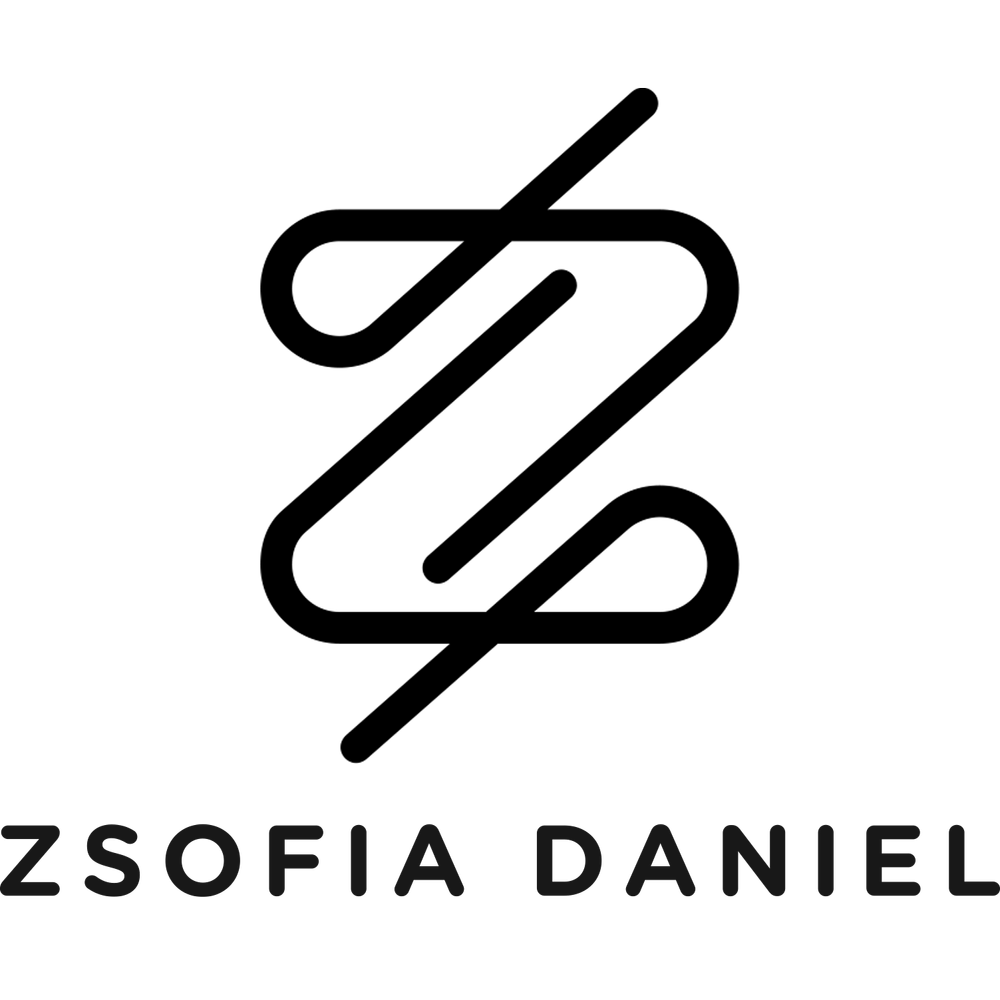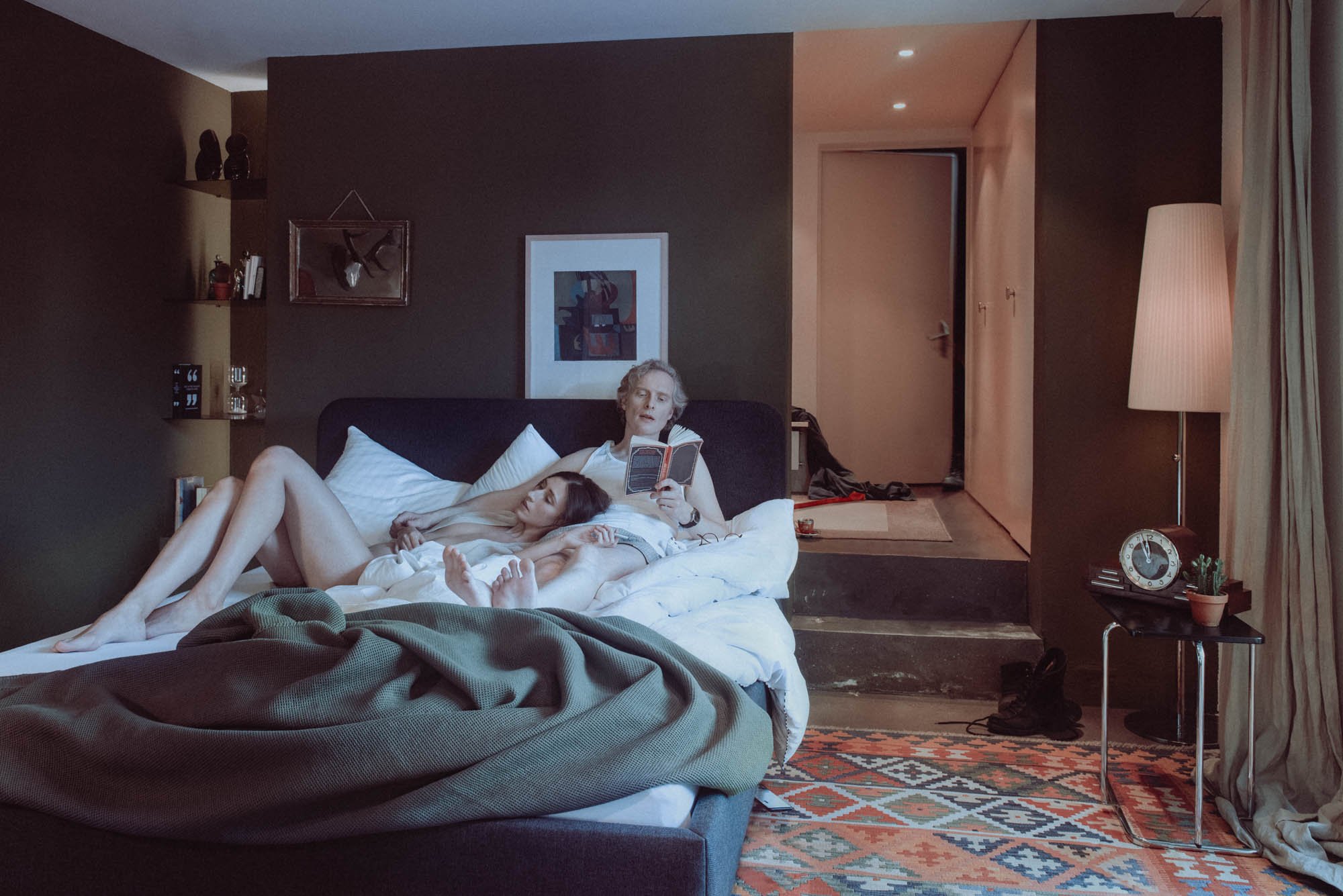Behind the image: “Above Mr. Charrington’s shop”
Project Summary
The images in ‘31 explore social and political parallels between the present and the late 1920s and 1930s.
The project’s limited-edition archival pigment prints measure 28 x 42 cm (11 x 16.5 inches).
Caption to Above Mr. Charrington’s shop
"Above Mr. Charrington’s Shop” invokes 1984, George Orwell’s dystopian novel depicting the loss of privacy and personal freedoms under a totalitarian regime. The book’s protagonists meet for trysts in an apartment above a London storefront, where they think they’re safe from government scrutiny. Their sense of privacy is shattered when they discover that they’re being “watched” through a device hidden behind a painting.
Today our own false sense of privacy belies the fact that governments and corporations are observing us. Both employ modern media tools to collect information about peoples’ lives, using it to manipulate them for power and profit. These practices continue despite such revelations as Edward Snowden’s 2013 leaks about the collection of Americans’ personal data by the NSA (the National Security Agency, a U.S. intelligence service), the 2018 exposé of a British firm’s mining of Facebook profiles for the Trump campaign, and reports of China’s new social credit system, which monitors then rewards or punishes citizens’ behavior. Was Orwell’s 1984 more prescient than we knew?
Above Mr. Charrington’s Shop - 2020
Copyright: Zsofia Daniel; In frame: Kate Snig, Martin Ostermeier; Hai & Make-up: Adrienn Bodor
The Title and the Scene
Detail of “Above Mr. Charrington’s Shop” from the fine art photography project ‘31
The title refers to George Orwell’s famous dystopian novel, 1984. Winston and Julia, the two protagonists, meet for trysts in an apartment above Mr. Charrington’s London second-hand shop. They think they’re safe there from the totalitarian scrutiny of the party that governs Oceania, led by “Big Brother.” Winston’s and Julia’s means of protest, the former intellectual and the latter physical, makes them embody the quest for freedom of mind and body.
After months of enjoying their perceived freedoms, the couple’s sense of privacy is shattered when they realise that they are being watched through a screen hidden behind a painting. As the secret police arrest them, they discover that the shop proprietor who rented them the apartment is an agent of the so-called Thought Police, and was documenting their alleged crimes against the state whenever they were there.
Surveillance
The totalitarian state of 1984 has developed a highly effective surveillance system that uses screens to monitor its citizens every moment and movement. Beyond observation of citizens, this system is used for “education” and to broadcast the ever-changing “facts” of its society’s history.
I attempted to produce a calm yet moody environment in order to recreate the atmosphere of the room above Mr. Charrington’s shop. On closer examination, viewers may feel that the protagonists are being watched from several angles. The painting above the bed is a direct reference to the novel, and the illuminated mobile phone lying partially under the bed is an emblem of how modern technology has made private lives public.
Detail of “Above Mr. Charrington’s Shop” from the fine art photography project ‘31
Symbols of Doom and Decay
Although the image has a calm feeling, several symbols visualise the fate of the couple and the result of their complete loss of privacy.
The reflection of the skull above the bed, the hourglass on the shelf, and the dying plants connect the image to the long tradition of funeral art, called vanitas. Although vanitas is primarily associated with 17th-century painting, the contemporary shape of these elements and their relationship to one another connect the arrangement to classical modern art. The door to the apartment is ajar, and the tip of a boot extending through the crack symbolises the abrupt end of the couple’s perceived freedom.
Common vanitas symbols include skulls, which are a reminder of the certainty of death; rotten fruits (of decay); watches and hourglasses (of the brevity of life); mirrors (of vanity and self-reflection); and books (human curiosity and knowledge, and the limitations and temporary nature of these).
Detail of “Above Mr. Charrington’s Shop” from the fine art photography project ‘31





